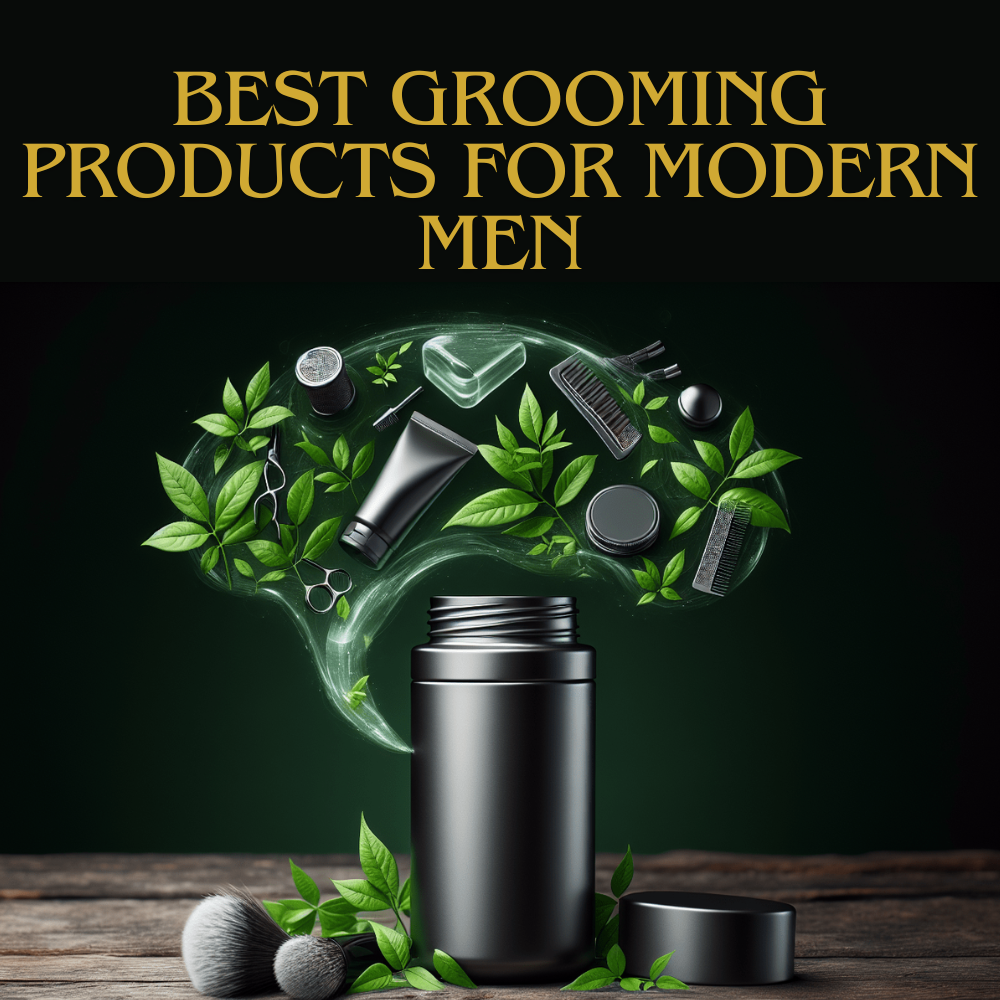Did you know that the way you wash your face or brush your teeth could be hurting the ocean?
It sounds strange, but tiny pieces of plastic—so small you can’t even see them—are sneaking into the water every day.
They come from things like your toothpaste, face scrub, and even your shampoo.
These little plastics are called microplastics, and they’re causing big problems for sea animals and the water we all need.
What Are Microplastics?

Microplastics are tiny plastic pieces smaller than a grain of rice. Some are so small you’d need a microscope to see them. They come from two places:
- Big plastics breaking down – Like water bottles or bags that slowly crumble into tiny bits.
- Made small on purpose – Added to products like face scrubs or toothpaste to scrub or clean.
These little plastics don’t disappear. Instead, they float into rivers, lakes, and oceans, where fish and other sea animals mistake them for food.
Why Should You Care About Microplastics?
Imagine eating a chip bag instead of chips. That’s what happens to fish when they swallow microplastics.
It makes them sick, and since we eat fish, those plastics can end up inside us too.
The ocean is full of life, and when we pollute it, we hurt everything that depends on it—including ourselves.
How Your Grooming Routine Adds to the Problem
You might not see plastic in your soap or lotion, but it’s often there.
Companies use microplastics because they’re cheap and work well for scrubbing or making products feel smooth. Here’s where they hide:
| Product | Common Microplastic Ingredient | What It Does |
|---|---|---|
| Face Scrub | Polyethylene (PE) | Scrubs dead skin |
| Toothpaste | Polypropylene (PP) | Makes paste gritty |
| Body Wash | Nylon | Makes lather fluffy |
| Shampoo | Polyethylene terephthalate (PET) | Adds shine |
When you rinse these products off, the tiny plastics wash down the drain. Most water filters can’t catch them, so they flow straight into the ocean.
The Sneaky Names for Microplastics
Companies don’t always say “microplastic” on the bottle. Instead, they use tricky words. If you see these in the ingredients, it means plastic is hiding inside:
- Polyethylene (PE)
- Polypropylene (PP)
- Nylon-12
- Polymethyl methacrylate (PMMA)
Learning these names helps you spot—and avoid—products that pollute.
How Microplastics Hurt the Ocean
Once microplastics reach the water, they don’t just sit there. They cause a chain reaction of harm:
- Fish eat them – Thinking they’re food, fish fill their stomachs with plastic instead of nutrients.
- Birds eat the fish – Seagulls and other birds get a mouthful of plastic when they catch fish.
- Toxins stick to plastics – Chemicals in the water cling to microplastics, poisoning animals that swallow them.
- They never go away – Plastic doesn’t decompose like food or paper. It breaks into smaller pieces but never truly disappears.
Scientists have found microplastics in the deepest parts of the ocean and even in Arctic ice. No place is safe from them.
What This Means for You
You drink water. You eat fish. If plastics are in them, they’re in you too.
We don’t yet know all the ways microplastics affect human health, but studies show they can cause inflammation and carry harmful chemicals into our bodies.
How to Stop Microplastics Before They Reach the Ocean
You can’t clean plastic out of the ocean once it’s there, but you can stop adding more. Here’s how:
Choose Plastic-Free Products
Look for labels like:
- “Microplastic-free”
- “Biodegradable”
- “Natural exfoliants” (like sugar or salt instead of plastic)
Brands are starting to listen. Many now use ground nutshells, oatmeal, or bamboo instead of plastic beads.
Wash Smarter
Synthetic clothes (like polyester) shed microplastics in the wash. Try these fixes:
- Use a washing bag that catches microfibers.
- Wash clothes less often and in cold water.
- Buy natural fabrics like cotton or wool.
Spread the Word
Most people don’t know their shampoo is polluting the ocean. Tell your friends and family. The more people who switch to plastic-free products, the cleaner the water will be.
Big Changes Start Small

You don’t have to give up every product you love. Start with one change—maybe swapping your face scrub for one with natural ingredients. Small steps add up.
The ocean doesn’t have a voice. But you do. And every time you pick a plastic-free product, you’re helping to keep the water—and everything in it—safe.
The Bottom Line
Microplastics are invisible, but their damage isn’t. They’re in your home, your bathroom, and the ocean. But now that you know, you can make better choices.
Because the best way to clean the ocean is to stop dirtying it in the first place.

